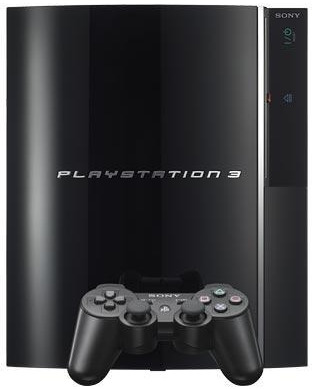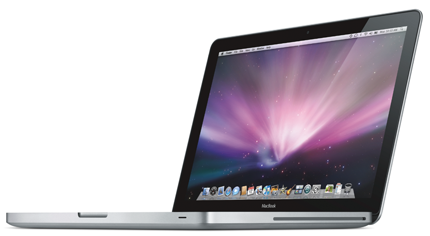 There’s something about comparing the prices of Windows PCs and Macs that makes otherwise cool and collected people–Windows and Mac users alike–become profoundly emotional and partisan, until steam shoots out of thefir ears and their eyeballs turn bright red. You can see this passion crop up in some of the comments on Ed Oswald’s two recent posts (here and here) on Microsoft’s new “Lauren” ad comparing 17-inch Windows laptops to the MacBook Pro. I’ve also encountered it every time I’ve tried to do the math on the Windows vs. Mac question–which I started doing within a few weeks of Technologizer’s launch last summer.
There’s something about comparing the prices of Windows PCs and Macs that makes otherwise cool and collected people–Windows and Mac users alike–become profoundly emotional and partisan, until steam shoots out of thefir ears and their eyeballs turn bright red. You can see this passion crop up in some of the comments on Ed Oswald’s two recent posts (here and here) on Microsoft’s new “Lauren” ad comparing 17-inch Windows laptops to the MacBook Pro. I’ve also encountered it every time I’ve tried to do the math on the Windows vs. Mac question–which I started doing within a few weeks of Technologizer’s launch last summer.
I haven’t returned to this issue since last October, but the moment Microsoft put it at the heart of a major national TV commercial last week, the blogosphere started debating it all over again. I continue to think it’s worth trying to answer the question in a very specific and unemotional way. The specific part is important because asking whether Macs are more expensive than Windows PCs is like asking whether Audis are more expensive than General Motors cars: It’s a meaningless question without context, since the answer is entirely contingent on the models you choose. And the unemotional aspect of my research tries to strip out any bias based on anything but the computers at hand. (Note that in the commercial, Lauren sets off a powder keg of controversy the moment she says she’s not “cool enough” to own a Mac–me, I want to judge computers, not people.)
In the end, those comparisons are all about collecting fresh data on the “Mac Tax”–the notion that you pay a premium for Apple computers compared to similar Windows PCs. Or, as Microsoft’s Steve Ballmer recently put it, “Paying an extra $500 for a computer in this environment—same piece of hardware—paying $500 more to get a logo on it?” And since the 17-inch MacBook Pro is the Mac that Lauren nixes in favor of a far cheaper HP Pavilion, it’s the one I’ll look at in this story.

 Once the bedrock of Microsoft’s home product offerings, the
Once the bedrock of Microsoft’s home product offerings, the  The boy takes the longtime girlfriend out to a fancy dinner and says he’s got a surprise for her. Excitement builds. She’s waiting for the engagement ring. Instead, he pulls out season tickets to the Yankees. This is a scenario I’ve surely seen in a movie, TV show or commercial, but wouldn’t you know, I can’t recall a specific example.
The boy takes the longtime girlfriend out to a fancy dinner and says he’s got a surprise for her. Excitement builds. She’s waiting for the engagement ring. Instead, he pulls out season tickets to the Yankees. This is a scenario I’ve surely seen in a movie, TV show or commercial, but wouldn’t you know, I can’t recall a specific example.
 Microsoft’s “Lauren” ad continues to fan the flames across the blogosphere, rekindling the old Mac vs. PC debate anew. The central theme is price. Somehow bloggers are attempting to say somehow
Microsoft’s “Lauren” ad continues to fan the flames across the blogosphere, rekindling the old Mac vs. PC debate anew. The central theme is price. Somehow bloggers are attempting to say somehow 

